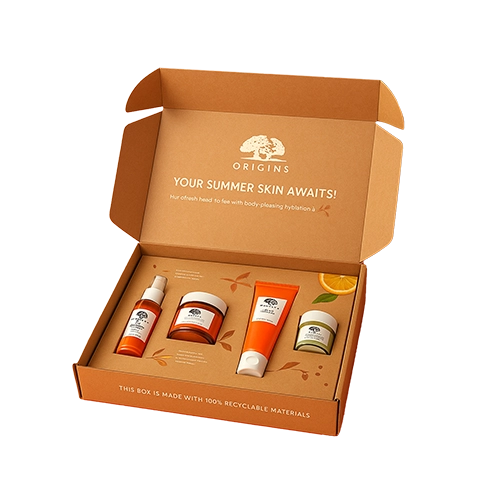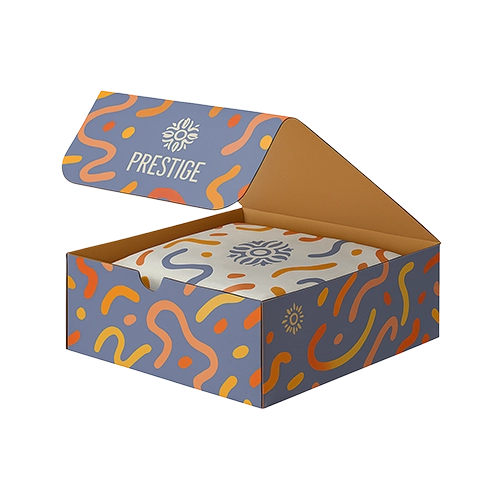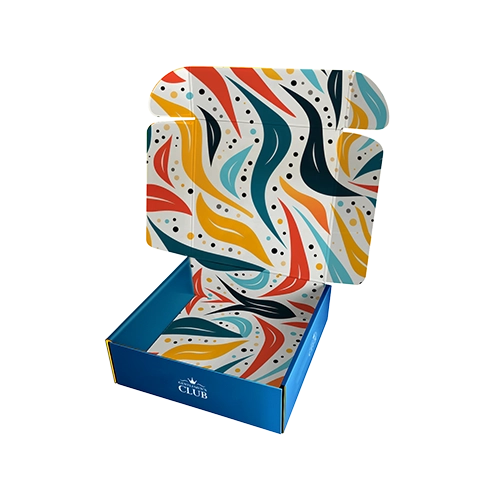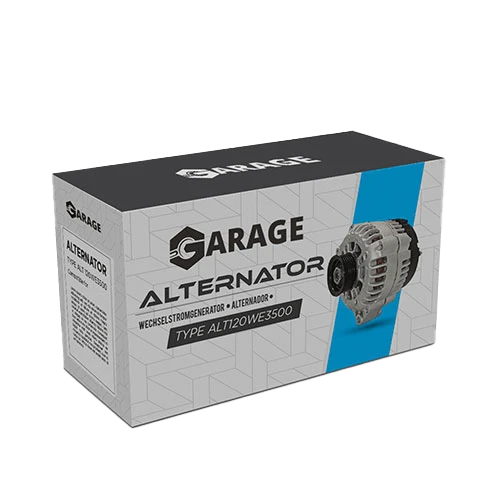A comprehensive overview of product packaging methods and leading practices. Discover packaging material choices and effective packaging strategies that will help your products stand out and create a memorable unboxing experience for your customers. This is a must-watch for e-commerce ventures, retailers, small businesses, and manufacturers who want to elevate their brand's packaging game. Start improving your packaging today with this helpful guide!

Custom Quote Request Form
Shipping Boxes
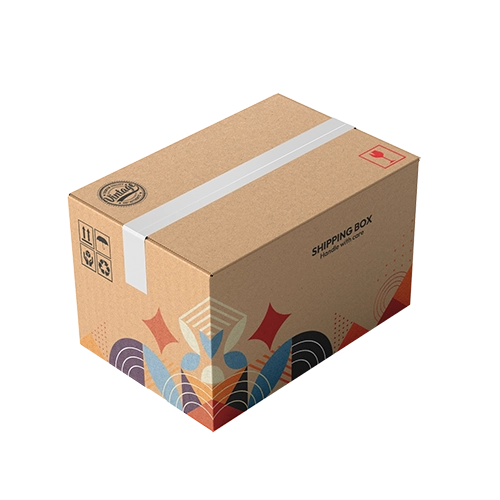

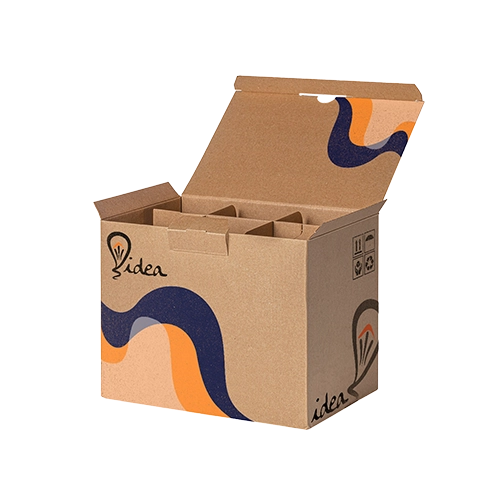
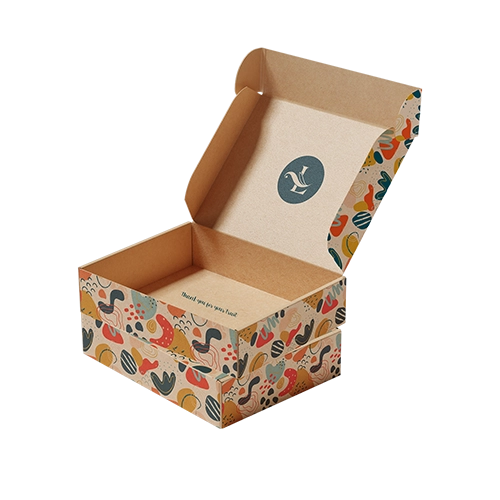
| FAQ's Specification Description Reviews | ||||||||||||
|
Q: What are shipping boxes? A: Cartons as well as boxes that are especially designed and manufactured to withstand wear and tear during the shipping and mailing process are called shipping boxes. Shipping boxes have many different uses. These boxes can serve as primary packaging by housing the products directly in them without the need of additional packaging. Also, these boxes can serve as secondary packaging where the products are packed in individual cardboard boxes and that are in turn packed in shipping boxes to better protect against any damage during shipping. Q: What are key benefits of using shipping boxes and what stock these boxes are made of? A: Typically, most shipping boxes are made out of corrugated fiberboard stock. Their distinctive feature of being light weight and collapsible is beneficial for saving both shipping and storage costs. At the same time, these boxes are strong enough for stacking and offer a decent level of impact resistance. To achieve additional strength and impact resistance, corrugated fiberboard stock can be upgraded from 3-ply to 5- ply corrugated stock upon request. Q: What are regular slotted containers (RSC)? A: Regular slotted containers or “RSC Boxes” are the most common and widely used style in the shipping industry. Having four simple folding flaps on top and four on the bottom, these boxes are remarkably convenient to use as the flaps are easily folded and then taped to seal the boxes. Q: What are vent holes and hand holes in shipping boxes? A: Vent holes, as suggested by the name, are small holes that are incorporated into the design in order to maintain air flow or other specific purposes.Hand holes, also referred to as ‘access holes’, are customarily added to RSC boxes for the ease of box handling.In order to add hand holes to your shipping boxes, please consider upgrading to the 5-ply corrugated stock. Vent holes and hand holes need to be requested specifically and do not come as standard options. Q: Can I add printing on shipping boxes for a personalised appearance? A: We specialize in custom printing on all types of shipping boxes. You can have your design printed in solid colours as well as in full colour directly onto the shipping boxes in order to help improve brand recognition. Q: Should I provide inside dimensions while ordering shipping boxes? A: Following industry standards, it is always recommended to provide inside dimensions of the assembled box to ensure a proper fit based on product dimensions or the space needed on the inside of the box. Outside dimensions of shipping boxes better serve the purpose of calculating how to best fit the boxes in warehouses or shipping containers. To avoid any inconvenience, we recommend to clearly communicate both the inside and outside size requirements to your account manager at the time of requesting a price quote. Q: Can I add product dividers to my order for branded shipping boxes? A: Yes, we specialize in manufacturing dividers in custom sizes and shapes for your shipping boxes. These dividers are used with an aim to create compartments inside the box to keep products from moving around. Additionally, you have the option to have custom sized corrugated pads manufactured and added to your order for extra cushioning and safety for your products. A wide variety of inserts can be manufactured on cardstock as well as corrugated stock with custom cuts and shapes. For a more personalised look, these dividers and inserts can also be printed to compliment the look of your boxes. Q: What file formats can I use for the required design files? A: Please follow the guidelines below in order to ensure excellent print quality for your order:
Q: Can I see a proof for my shipping boxes before you print? A: We always email a final artwork proof before printing. Please check the proof thoroughly for accuracy before giving your approval. It is highly recommended that you proofread any text along with checking the placement of any artwork for accuracy. Artwork is printed based on the CMYK or Pantone values specified in the design file and may vary substantially from the colours displayed on any particular computer or mobile screen. We also offer hard copy proofs at an additional cost.
Types of Branded Shipping BoxesThere are many different types of shipping boxes, and the type you choose will depend on the size, shape, and weight of the items you are shipping, as well as the distance they will be traveling and the level of protection you need to provide for them. Here are some common types of shipping boxes:
Designing branded boxes is an important aspect of building and maintaining a strong brand identity. Here are some steps you can follow to design branded boxes:
By following these steps, you can design branded boxes that accurately represent your brand and meet your needs. There are several different types of shipping solutions that are commonly used, including:
The best option will depend on the item you need to ship and the level of protection that is required. |









